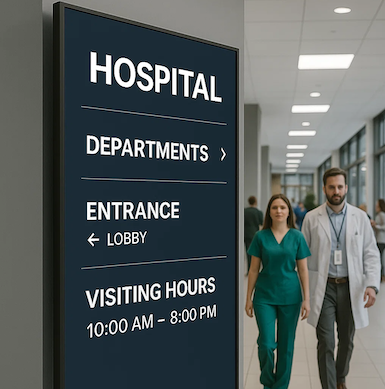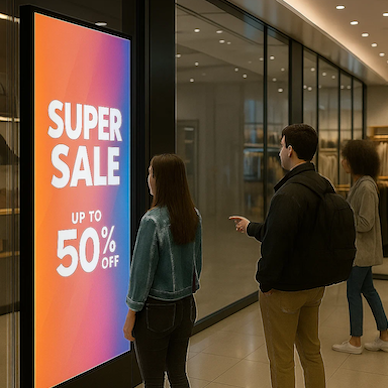3 Retail Digital Signage Failures and How to Avoid Them
When shopping for digital signage display systems, you should avoid some mistakes that can lead to costly and inefficient purchases.
One of the biggest digital signage markets comprises of retailers. However, this does not mean that all suppliers and retailers use this platform correctly. When shopping for digital signage display systems, you should avoid some mistakes that can lead to costly and inefficient purchases. This includes purchasing systems with bad screens and malfunctioning displays or those that have poor content. Fortunately, these digital signage failures can be avoided using the solutions discussed below:
1. Broken displays
Regularly, you will bump into displays which are malfunctioning. In some instances, the screens will be blank or showing an error. Worse still, some people might use normal desktops as displays with the aim of conniving inexperienced users. In most instances, the retailers and suppliers ignore these mistakes and proceed to sell them anyway. This failure can be avoided if retailers use a display that's appropriately suited for their business. For example, commercial grade displays will last much longer than regular displays.
2. Bad attract screens
Every business needs a different type of digital signage display. As such, you can end up installing a system which will not work for your type of business. Some screens can be boring in some businesses, but to others, they might pull in more clients. A great example is installing a display in an office which comprises of virtual people with strange smiles and soulless expressions. This will make your clients more uncomfortable and will make their stay as brief as possible. Your attract screen should be captivating to the user and entice them to learn everything about the product or offer you are promoting.
3. Poor content
The worst issue you can have with your digital signage is poor content. Markedly, if the content fails to work, the entire display becomes useless. There are many display systems which have poor content; for example, a kiosk system which advertises warm weather products during a cold day. Developing and maintaining high-quality content can be hard, but you can make it easier by using a good content management software such as truDigital Signage that provides pre-made templates, integrations, and unlimited support.
See it in Action
Get a free, no-pressure demo of our unique platform and find out how it can transform your business.









